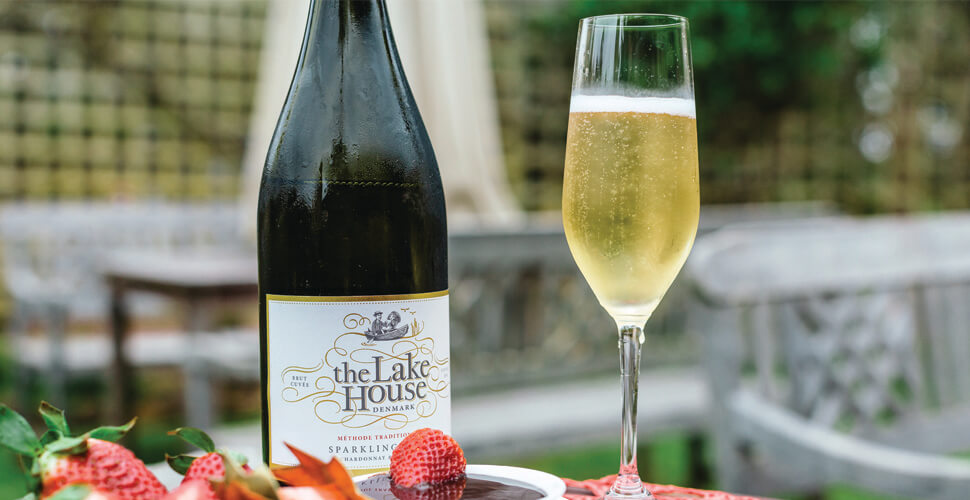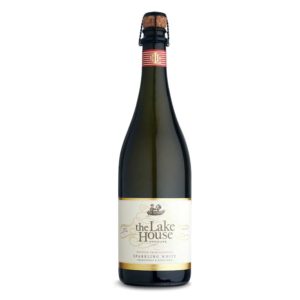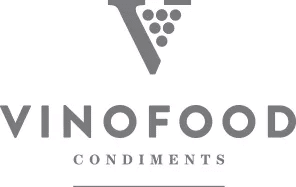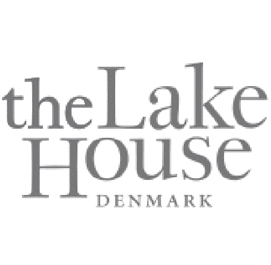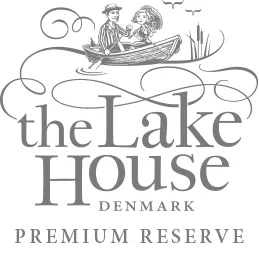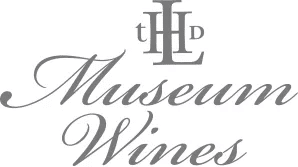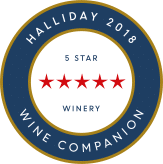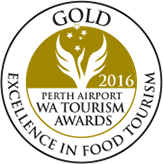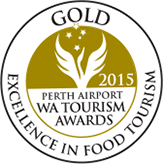Learn the process of Méthode traditionelle – the method we use to make our sparkling wine.
While it may be easy to drink, sparkling wine is one of the hardest drops to make. From picking the grapes and blending different wines, to two rounds of fermentation, riddling and disgorging, the process of creating bubbly is as vibrant and complex as the drink itself.
What is sparkling wine?
Sparkling wine is a wine with significant levels of carbon dioxide – AKA fizz/bubbles. Though white sparkling wine is most common, it can be made from any grape, in any method. What about Champagne and Prosecco? While these drops are considered sparkling, not all sparkling can be classified as Champagne or Prosecco. That’s because Champagne only comes from the wine region of the same name, while Prosecco comes from Italy.
How is sparkling wine made?
Sparkling wine needs to undergo two fermentations; one to make the wine and the other to make its quintessential fizz. When fermentation occurs under pressure, induced by the addition of sugar and yeast to liquid, carbon dioxide is absorbed, resulting in the beautiful bubbles that make sparkling sparkle.
Australian sparkling wine production
There are six major methods to produce sparkling wine, but in Australia, winemakers tend to favour the méthode traditionelle (or traditional method), transfer method and the tank method. The traditional method, which we delve into below, was developed in Champagne, France, and involves fermenting wine in the same bottle it will be sold in. The transfer method is like traditional, however the wine is removed from the bottle and transferred to a tank, filtered, then pumped into new bottles. Lastly, the tank method is regarded as the more “cost-effective” option, as the wine is moved to a tank after the first fermentation is complete. Sugar and yeast are added to start the second fermentation, before the tank is then sealed to trap in carbon dioxide. The wine is then filtered and bottled without ageing.
Traditional Method – The Lake House process
Here at The Lake House, we use the traditional method. Here’s how:
- The Lake House Denmark’s sparkling white wine is a labour of love, which starts with the growing and hand-picking of our estate-grown Chardonnay and Pinot Noir grapes.
- Once the grapes are pressed, the juice is fermented to produce a dry base wine. It is then blended with different wines, resulting in a cuvée – the final wine blend.
- Sugar and yeast are added to the wine in bottles, kicking off the second fermentation process; carbon dioxide is trapped inside the bottle, resulting in bubbles.
- Each bottle then spends at least 24-36 months ageing on lees (dead yeast cells or grape particles that remain trapped in the juice as it’s fermenting). Lees are then removed via riddling and disgorging, which involves turning bottles upside down so lees are collected at the bottle neck, before the bottle neck is plunged into freezing liquid, its cap popped off and lees “disgorged” (removed).
- And finally, the bottles are corked, labelled and poured.
As you can see, its a labour of love, but truly worth it!


